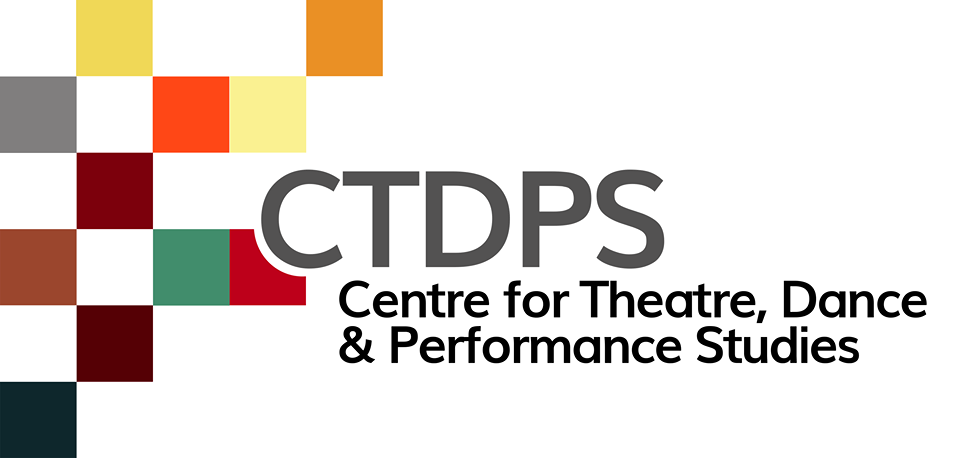Mapping a classic: body mapping and Koodiyattam Rasa breath patterns as a way of embodying character and analysing text in a production of The Trojan Women with second year acting students from the University of Cape Town’s Drama Department
Title
Mapping a classic: body mapping and Koodiyattam Rasa breath patterns as a way of embodying character and analysing text in a production of The Trojan Women with second year acting students from the University of Cape Town’s Drama Department
Description
This article sets out to critique the process of directing Gwendolyn McEwen’s version of Euripedes’ classic, The Trojan Women, with 2nd year students of theatre and performance at the University of Cape Town. In so doing I intend to offer an embodied approach to character and textual analysis. Central to this approach is the engagement with methods of mapping that involve what I have identified as somatic mapping. The article intends to investigate how somatic and embodied processes of mapping can be used to analyse character and text. This approach, I would argue, integrates emotions, body, and mind. I draw principally from Body Mapping and the Sanskrit theory of Rasa (in particular the connection between rasa and breath). The students were encouraged to draw from their own personal archives as well as their research into their characters and the text. Creating Body Maps for their characters enabled the students to somatically ‘dig up’ and make sense of them in relation to their own lived experiences. After the students had created Body Maps of the characters, I also introduced them to the Sanskrit system of Rasa. They explored various breath patterns connected to each of the rasas. Thereafter they mapped the nine core rasas on the body maps, in relation to where they felt their characters somatically held these particular rasas. We then interwove the rasa breath patterns and the somatic mapping in an exploration of text and character ‘on the floor’.
Creator
Date Issued
24 January 2018
Source
keywords
Body Mapping
See all items with this value
Somatic
See all items with this value
Embodied
See all items with this value
Type
Journal Article
Language
English
Publisher
doi
https://doi.org/10.1080/10137548.2017.1417742




